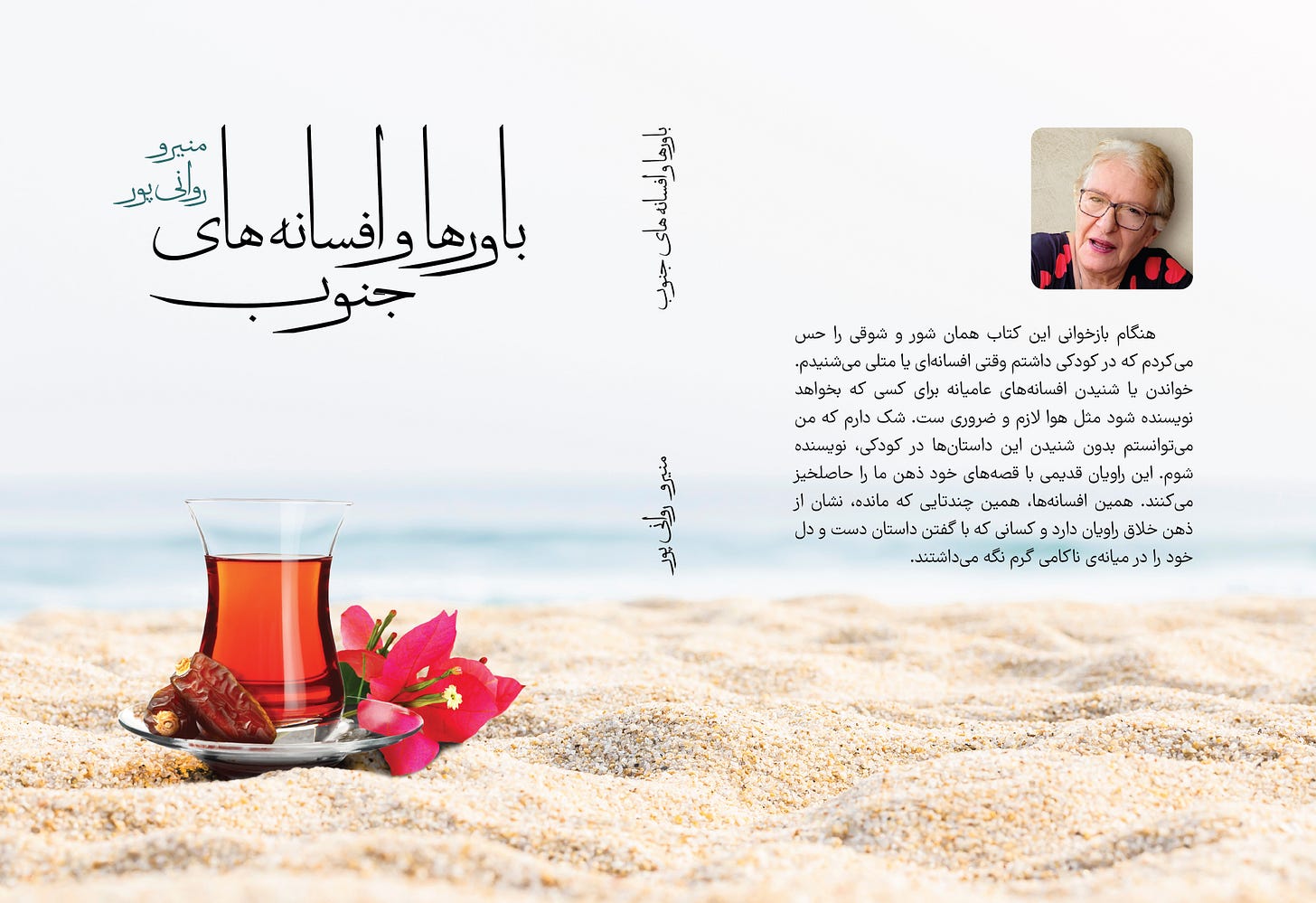I was reading an interview with Anne Tyler. She sits in front of the journalist, opens a box she has kept for sixty years, and takes out one of the index cards. She explains how she used to write words on those cards—words that might someday lead to a story—and then carefully saved them. Everything in the box is neat and organized.
Unlike me, Anne Tyler never had to hide her notes from a government, or start over at fifty-four—learning a new language, adapting to a new culture, and building a life from scratch. Anne Tyler did not wait for “better times” to publish her books. Nor did Margaret Atwood. Nor Isabel Allende. None of them spent a lifetime waiting for the world to get better.
Waiting more than forty years for the hope of change—for a religious government to collapse or fall, for conditions to improve—has drained us of so much energy. Some aligned themselves with the regime, just to see their books in print. And some, like me, stood in the midst of the chaos—refusing to take sides—and instead carved out a path of our own.
It was not an easy path, nor one that brought comfort. But it was a way that did not sink us into depression or inertia. The waiting room makes a person dull. It keeps you from innovation, from staying contemporary, from moving with the world. The waiting room is no place for an artist. A writer must escape the waiting room just as urgently as they flee the grip of fundamentalist rule. We must create a space—even if only an imaginary one—in which to keep working.

My book, Fairy Tales from Southern Iran, will soon be published by Lulu. In this turmoil, when inside the country it is nearly impossible to obtain books, and when outside, many Iranians have little desire to read, consumed instead by political news, publishing such a book might seem useless. But I, apart from the waiting room and its people, have done my work, and will continue to do so.
Outside the waiting room, there is still life, and there is still art.
For me, to write is to keep breathing, even when the air is poisoned.
Copies of this work/manuscript/image may not be reproduced without permission from the author. Contact her at moniravanipor@gmail.com for permission to reprint and/or distribute.


“The path you carved out for your own” is exactly how you portray yourself to your students. The Focus Classes are an example where your students follow in your footsteps, working in a way that does “not sink us into depression or inertia.”
The waiting room feels to me like being in between words… I call it ‘in-betweenness